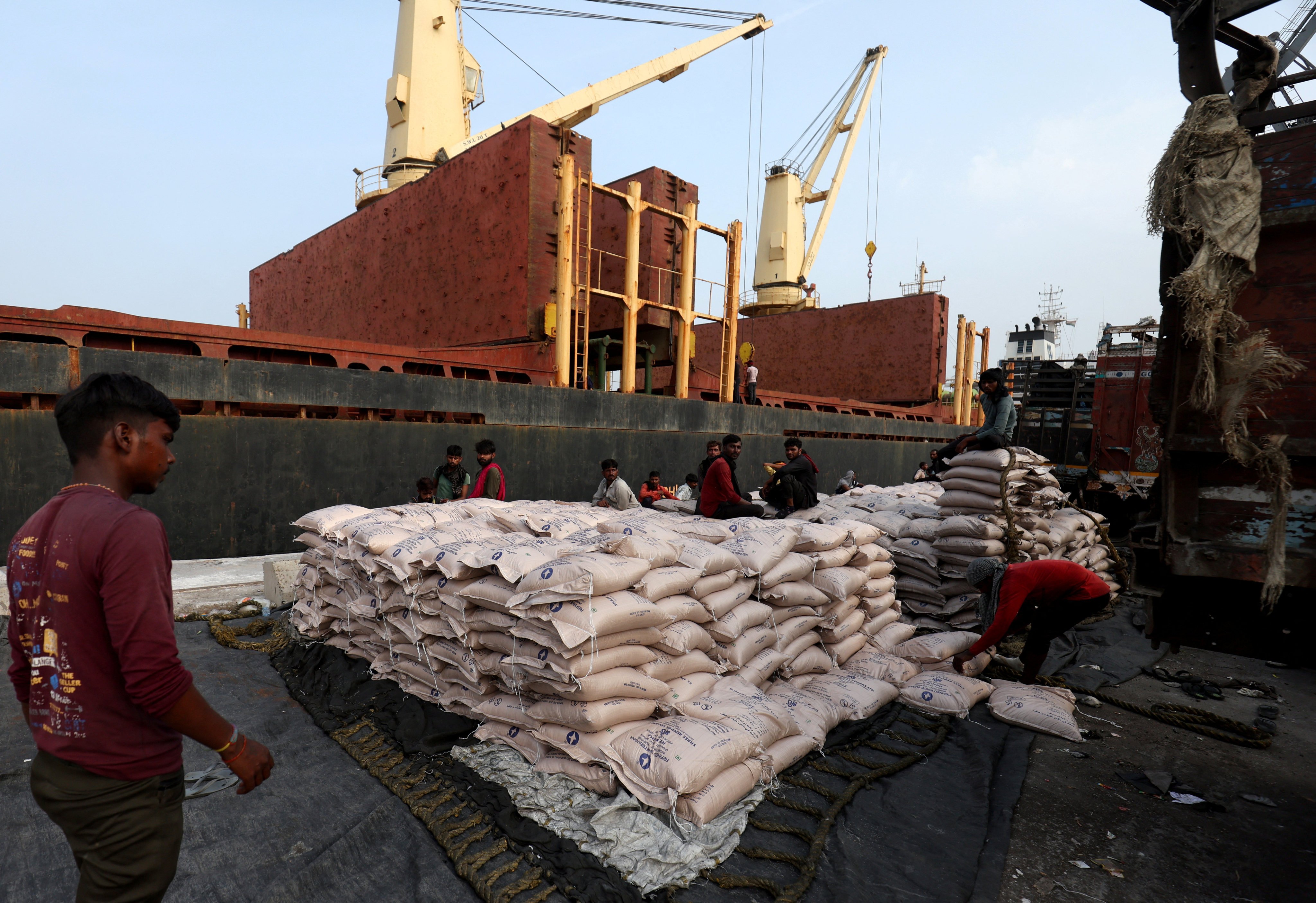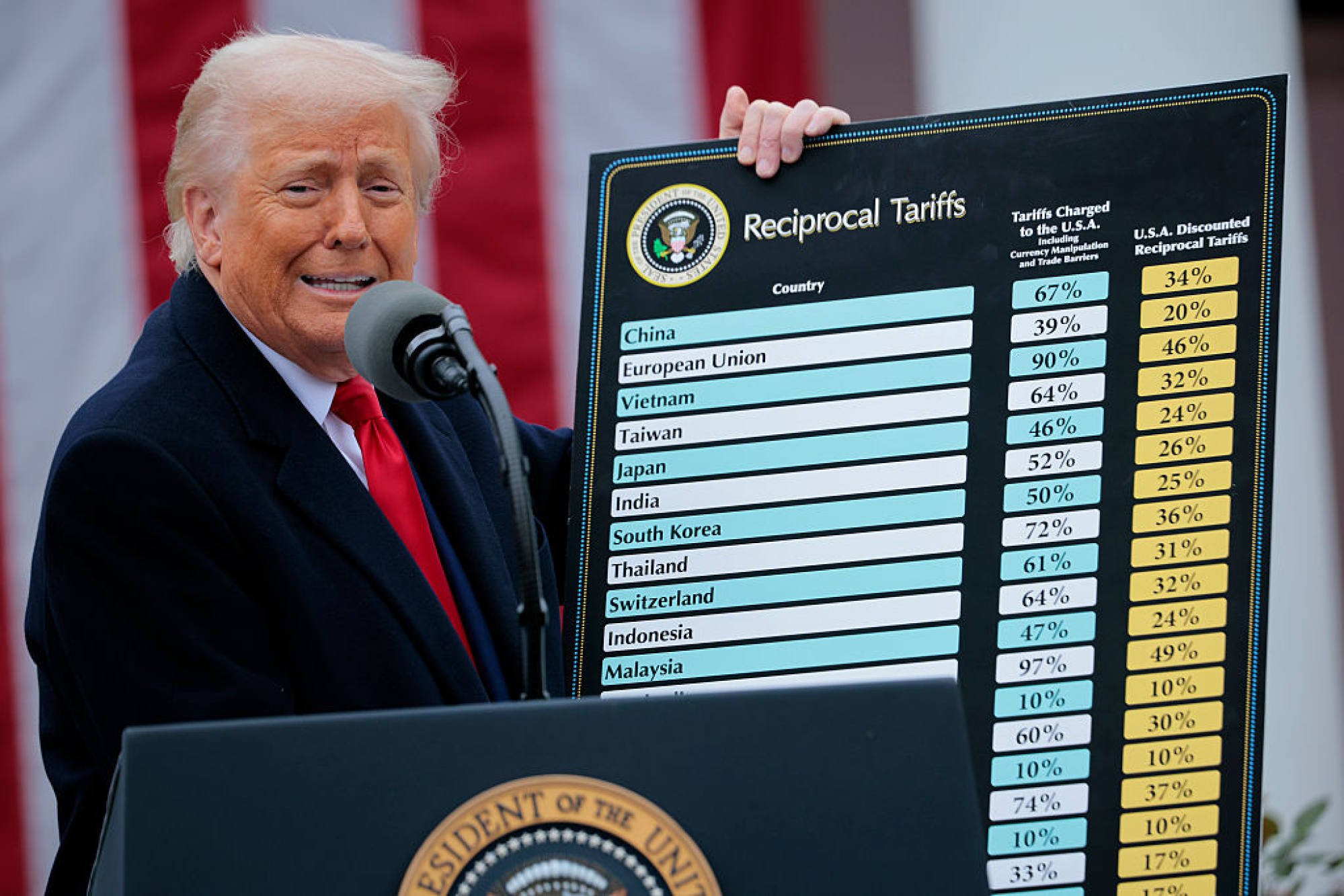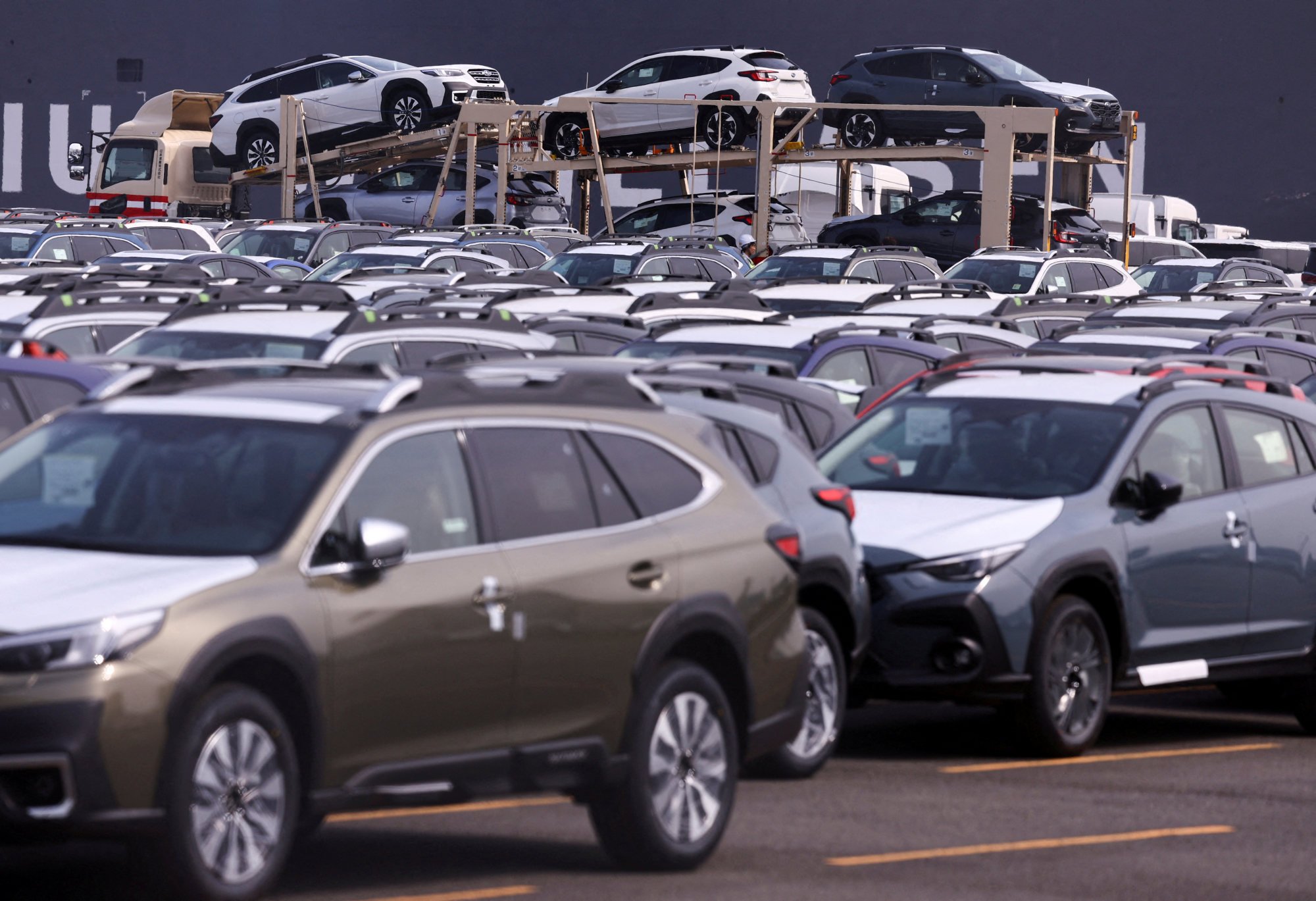Trump’s tariff deadline spurs frenzy among Asian countries to seal deals
While some countries could clinch trade deals with Trump before August 1, others may miss the deadline and face higher tariffs, analysts say

Asian nations are scrambling to strike deals with the United States before President Donald Trump’s August 1 effective date for higher tariffs, with analysts saying some of Washington’s trading partners risk missing the deadline unless they are prepared to offer swift concessions.
Trump recently sent letters to trading partners to warn that new tariffs would be imposed by the date if they failed to offer better terms following an extension of the original July 9 deadline.
His demand has set off a flurry of negotiations between Washington and trade officials around the world, with some countries managing to secure agreements in recent days. But most of the other affected countries are still involved in difficult and drawn-out negotiations with the US.
On Tuesday, Trump unveiled a trade deal with Indonesia under which the Southeast Asian country would face a 19 per cent tariff, lower than the originally proposed 32 per cent. In comparison, he announced on July 2 that the US would impose a 20 per cent tariff on Vietnamese imports, lower than the 46 per cent as initially planned.
It is unlikely that the US could conclude deals with its trade partners before the new deadline, according to analysts.
“Striking trade deals takes time and attention, and the US simply lacks the capacity to negotiate so many trade deals in so short a time,” said Pushan Dutt, an economics and political science professor at INSEAD.

In April, Trump announced sweeping tariffs before suspending them for 90 days and later extending the deadline to August 1.
Trump has said that he is eyeing tariffs of between 15 per cent and 20 per cent to be imposed on most trading partners. On Wednesday, he said the US had “some pretty good deals to announce”.
The optics of engagement may be just as important to Trump as the substance of any deal, according to Dutt.
“[Trump] sees countries coming to the negotiating table as an immediate win. Giving Trump this ‘win’ is costless for all countries,” Dutt said. “Moreover, if negotiations are ongoing, there is a high likelihood that the deadline for imposing tariffs will be postponed.”
The countries most likely to strike deals were those heavily reliant on the US market without having the leverage to demand concessions from Trump, Dutt said. In contrast, larger economies such as China and the European Union, are better positioned to drive harder bargains with the US, according to Dutt.
Unhandled type: inline-plus-widget {“type”:”inline-plus-widget”}
“Secondly, if they have high existing tariffs and concessions are acceptable to their domestic constituencies, it is easier to make a deal,” he said, comparing how countries such as South Korea, Japan and India have different levels of clout in their trade negotiations with the US.
South Korea’s exports to the US are significant but it does not have room to grant concessions because both countries already have a free-trade agreement, while Japan could grant concessions in automobiles and agricultural products even if it considers such a move politically unfeasible, according to Dutt.
“India has high tariffs in many industries, so it has more room for concessions outside agriculture, where concessions are nearly impossible due to domestic political considerations,” Dutt said.
On July 7, Trump announced 25 per cent tariffs on imports from Japan and South Korea. He told reporters at the White House on Wednesday that the US would probably “live by the letter” on tariffs with Japan.
Japan has been engaged in protracted talks with the US on the tariff even as it faces a trade slowdown. Exports fell for a second consecutive month in June, with a decline in shipments to the US and China – Japan’s two largest trade partners – by 11.4 per cent and 4.7 per cent, respectively.
Meanwhile, India is hoping for a tariff that would give it a competitive advantage against its regional peers and believes the US does not view it as a transshipment hub like Vietnam and other Southeast Asian nations, officials in New Delhi have said.

Malaysia’s Trade Minister Tengku Zafrul Aziz has said he wants to see details of the trade deal between the US and Indonesia while his country negotiates with Washington on its tariff, according to a report by The Star.
Thailand might offer to remove tariffs on 90 per cent of US goods, compared with over 60 per cent previously, a business group advising the Southeast Asian country’s negotiators told Bloomberg News on Thursday.
The US was pushing for greater market access for its automobiles and agricultural goods with its Asian and other trading partners but there were barriers for “quick deals” given the importance of these sectors in most countries, Darren Tay, head of Asia Country risk for BMI, a Fitch Solutions company, told a webinar on Thursday.
The impact on Asia’s economic growth this year was likely to be relatively small with the region projected to grow by almost 4 per cent given that Trump had postponed the implementation of higher tariffs with prospects for further delays, Tay said.
Nonetheless, Asian economies would have to factor the uncertainty of Trump’s threat to impose higher tariffs on the 10-member Brics, according to BMI analysts.